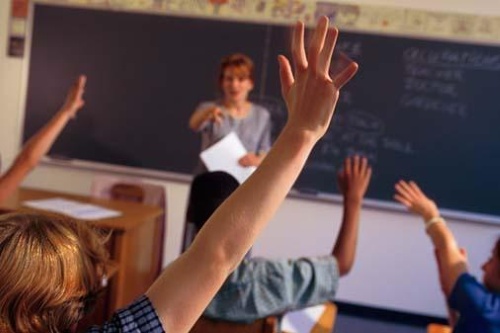Effective professional development (PD) goes beyond one-shot presentations. It is sustained over time and anchored in standards, content, and assessments. It also involves teachers in analyzing students’ work in collaborative settings.
Researchers (Sun, 2013) have found that there is another variable we will call the “ripple effect” that is almost as powerful as the initial PD itself in impacting student learning. A “ripple effect” happens when PD leads to teachers interacting and collaborating with each other to address commonly identified classroom problems.
How do school leaders design PD that will ripple throughout the school? First, PD should promote the participants’ individual teaching skills and be sustained over time. It should also be anchored in standards, and be framed in a collaborative fashion. But to increase the likelihood of widespread adoption, all PD should include training and coaching on helping behaviors. This intentional and continuous emphasis on helping colleagues will give school leaders a better chance of improving teaching and learning.
School leaders who design PD that “ripples” throughout the school will see significant gains in learning.
-James Hutto
“Shaping Professional Development to Promote Diffusion of Instructional Expertise Among Teachers” by Min Sun, William Penuel, Kenneth Frank, Alix Gallagher, and Peter Youngs in Educational Evaluation and Policy Analysis, September 2013 (Vol. 35, #3, p. 344-369).

